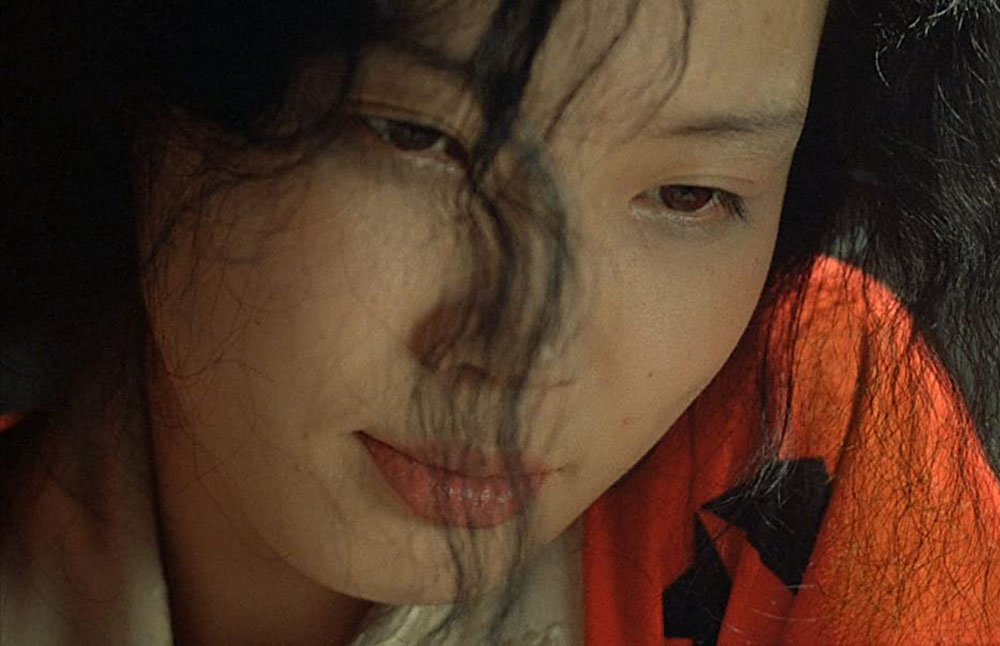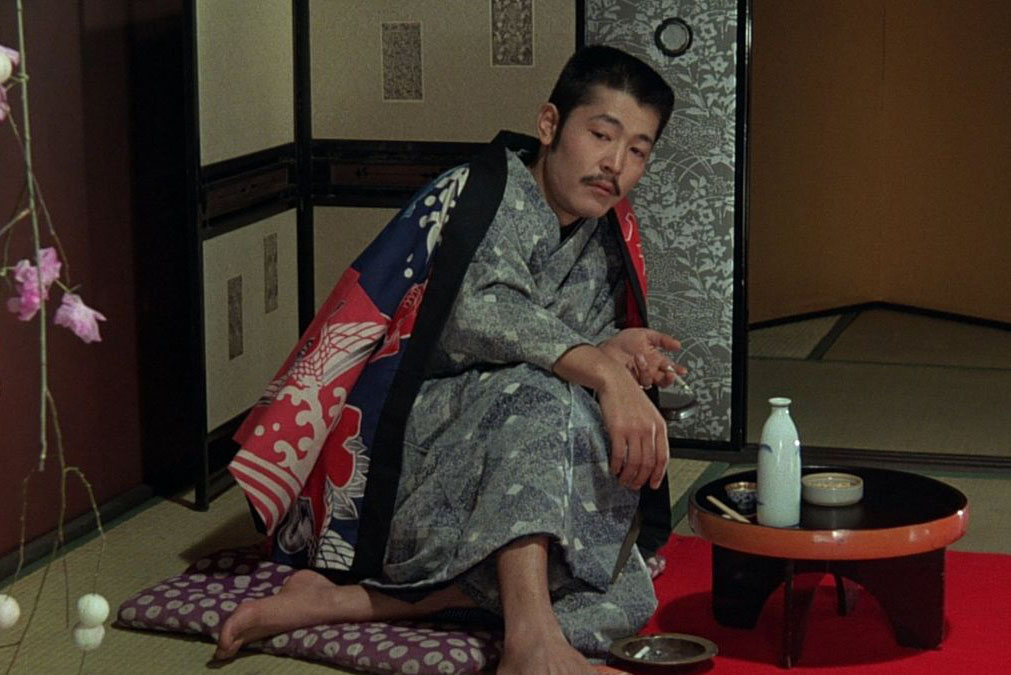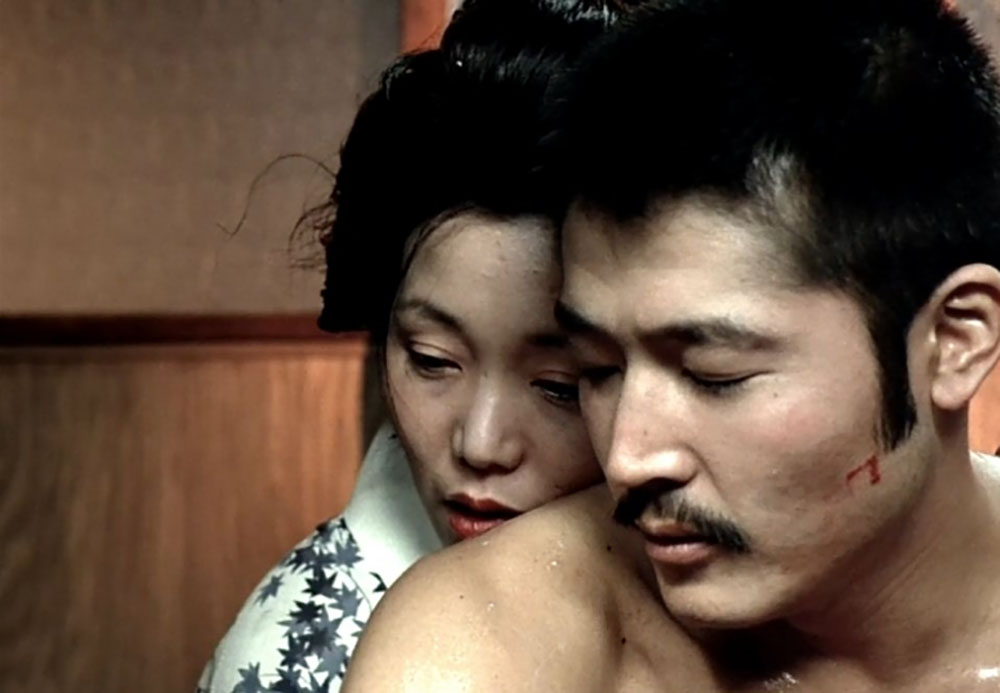“Sex is a doorway of something so powerful and mystical, but movies usually depict it in a completely flat way.” — David Lynch
Eroticism in cinema has a prolonged history over time. But there are very few films which perfectly capture the power of eroticism in the art of storytelling. While many of the films fell into the trap of soft pornography, Japanese director Nagisa Oshima’s 1976 film “In the Realm of Senses” (“Ai no korîda,” original title) is a prime example of how powerful a tool eroticism can be to portray a deeply human story into the screen. With graphic explicit scenes and unstimulated sex among the actors, Oshima broke the bars of taboo and created an authentic piece of cinema.
Breaking the Barriers of Taboo
Based on the real-life incident of Sada Abe, this film is a haunting portrayal of sexuality, obsession, and catharsis. Focuses on the relationship between Abe and her lover Kichizo Ishida—and the subsequent murder of Ishida via erotic asphyxiation—this film is not everyone’s cup of tea. A disturbing story, added with graphic sexual content, Oshima made it a grotesque psycho-sexual character study of these two characters.
90 percent of scenes of the film have high sexual content. And, with prolonged, detailed sequences of it—and extensive use of close-ups—Oshima forces us to enter the realm of these characters’ psyche. But, surprisingly with this entire erotica, it never feels arousing. Sometimes these prolonged explicit scenes felt quite tedious; but in time it becomes the subject to examine the neurosis of the characters without delivering pornographic content for cheap entertainment. Rather it is a human story about two people and their intimate obsession.

It primarily focuses on the sexual experiences between the characters and how they evolve out of them. You can feel this movie; it starts slowly with foreplay and goes towards an ultimate orgasm in the end. And with each level, it captures the sexual obsession in a whole new level. For example, by inserting an egg into the vulva or having sex with a 68-year-old geisha, things get more and more grotesque with each new scene.
Voyeurism via Minor Characters
To capture this intimate obsession, Oshima left out minor supporting characters to focus more and more on his leading actors. He put them in close setups and created an environment where what happens outside of these setups becomes irrelevant. It seems for them the outside world never existed. The audience also loses track of time and space, and observes their psycho-sexual relationship as the eye of a voyeur.
This voyeurism can be signified with the use of the minor characters. Whether they are the geishas or the maids, they are often seen to intrude on Sada and Kichi’s sexual intercourse throughout the film. They are both disgusted by their sexual obsession and excited to watch them having intercourse with each other. And also Sada and Kichi’s love being intruded on definitively showcases the notion they don’t care about the outside world. The only thing they care about is themselves.

Catharsis and a Challenge of the Patriarchal Order
But above all, “In the Realm of Senses” is a deep study of catharsis of women’s sexuality from patriarchy. In Friedrich Nietzsche’s words, “The happiness of man is “I will.” The happiness of woman is “He will.” Patriarchal society often treats women as servers of men. But in the case of Sada Abe, she is not the server, but the controller. Fulfilling her happiness is the key point. She needs to be satisfied fully with tenderness. And at the end, the mutilation of Kichi’s penis and scrotum is a symbol of her control over Kichi’s body; perhaps it is symbolic of the emancipation from patriarchal dominance.
“In the Realm of Senses” is one of the powerful films I have seen in recent times. A controversial cinema that itself breaks all the traditional norms, making it a fearlessly provocative cinema.
“In the Realm of Senses” is currently available to rent/buy from Amazon Prime, or watch on the Criterion Channel.


